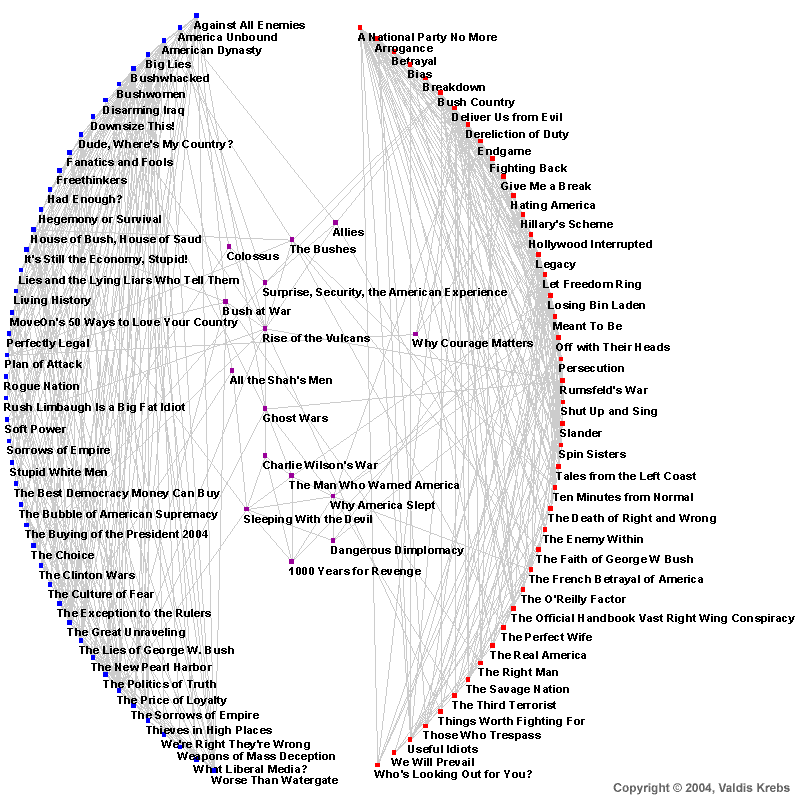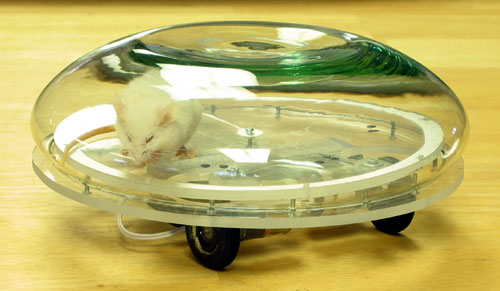
"A DNA Molecule with the Connectivity of a Cube. This representation of a DNA cube shows that it contains six different cyclic strands. Each nucleotide is represented by a single colored dot for the backbone and a single white dot representing the base. Note that the helix axes of the molecule have the connectivity of a cube. "










